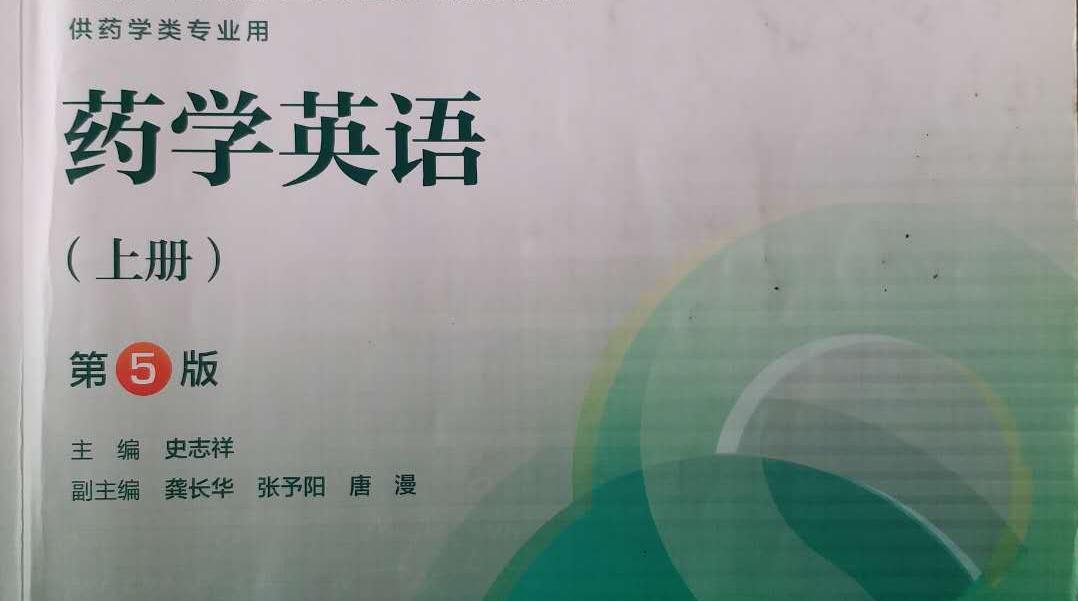第一章测试1.Which of the following parts of knowledge of drugs should be included in pharmacology? ( )
A:The effects of drugs on man B:The correlation of biological activity with chemical structure C:The history, source, physical and chemical properties, compounding, biochemical and physiological effects, mechanisms of action, absorption, distribution, biotransformation and excretion. D:The prevention, recognition, and treatment of drug poisonings.
答案:C
2.Which of the following is what a clinician is primarily interested in according to the text? ( )
A:Drugs which help resolve the continuing abuse of drug. B:Drugs which are useful in the prevention, diagnosis and treatment of human disease, or in the prevention of pregnancy. C:Chemical agents that are not used in therapy but are commonly responsible for household and industrial poisoning as well as environmental pollution. D:Drugs which can be reasonably limited to those aspects that provide the basis for their rational clinical use.
答案:B
3.Why was the physician not interested in pharmacognosy? ( )
A:Natural drugs had little difference with synthetic ones B:He had a broad botanical knowledge C:Fewer drugs were obtained from natural sources D:He didn't have to select the proper plants for his prescription.
答案:A
4.Which of the following is the best way of studying pharmacology for medical students and practitioners? ( )
A:to select a plant and its preparation B:to have the ability to purify natural plants C:to have a broad botanical knowledge D:to have curiosity that stimulates them to learn about sources of drugs
答案:D
5.What are the tasks related to medicines almost completely delegated to the pharmacists now? ( )
A:the preparing, compounding, and dispensing of medicines B:the physical and chemical properties of medicines C:the therapeutic and other uses of medicines D:dosage forms of medicines available
答案:A
温馨提示支付 ¥3.00 元后可查看付费内容,请先翻页预览!

